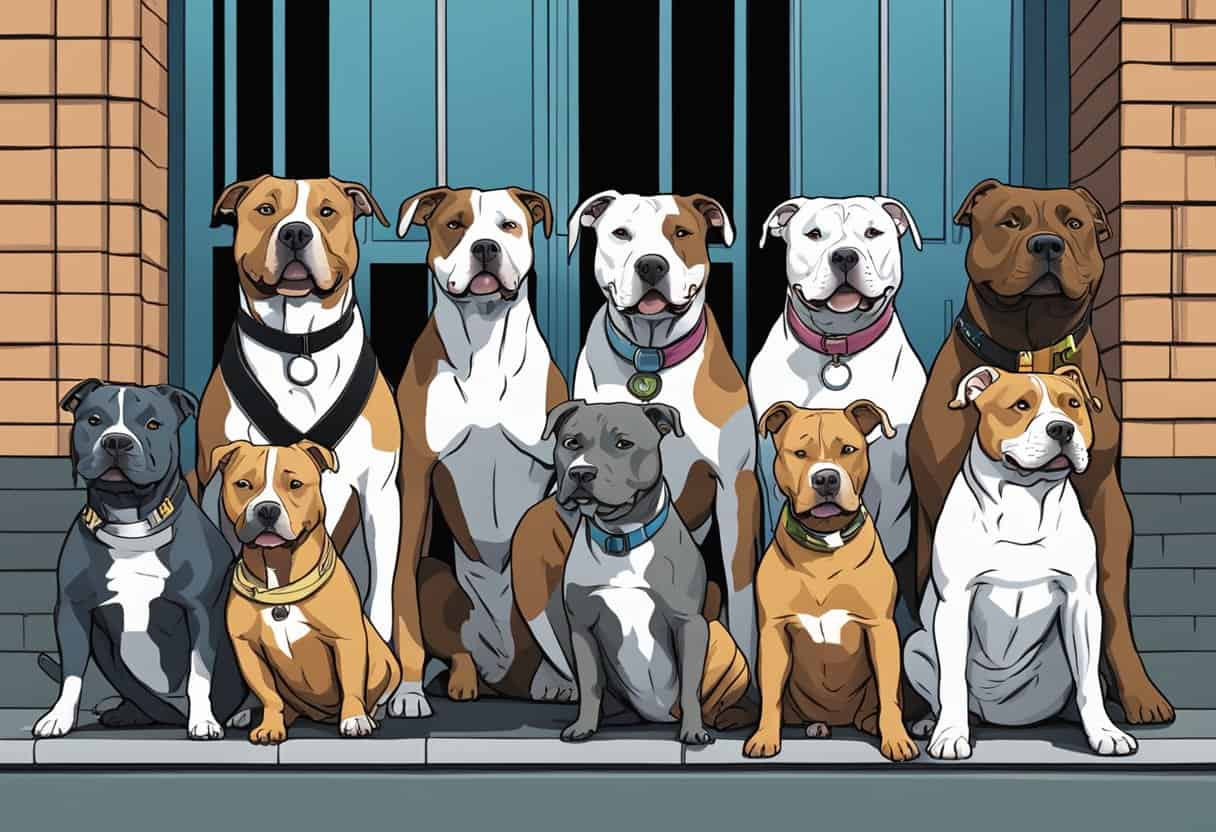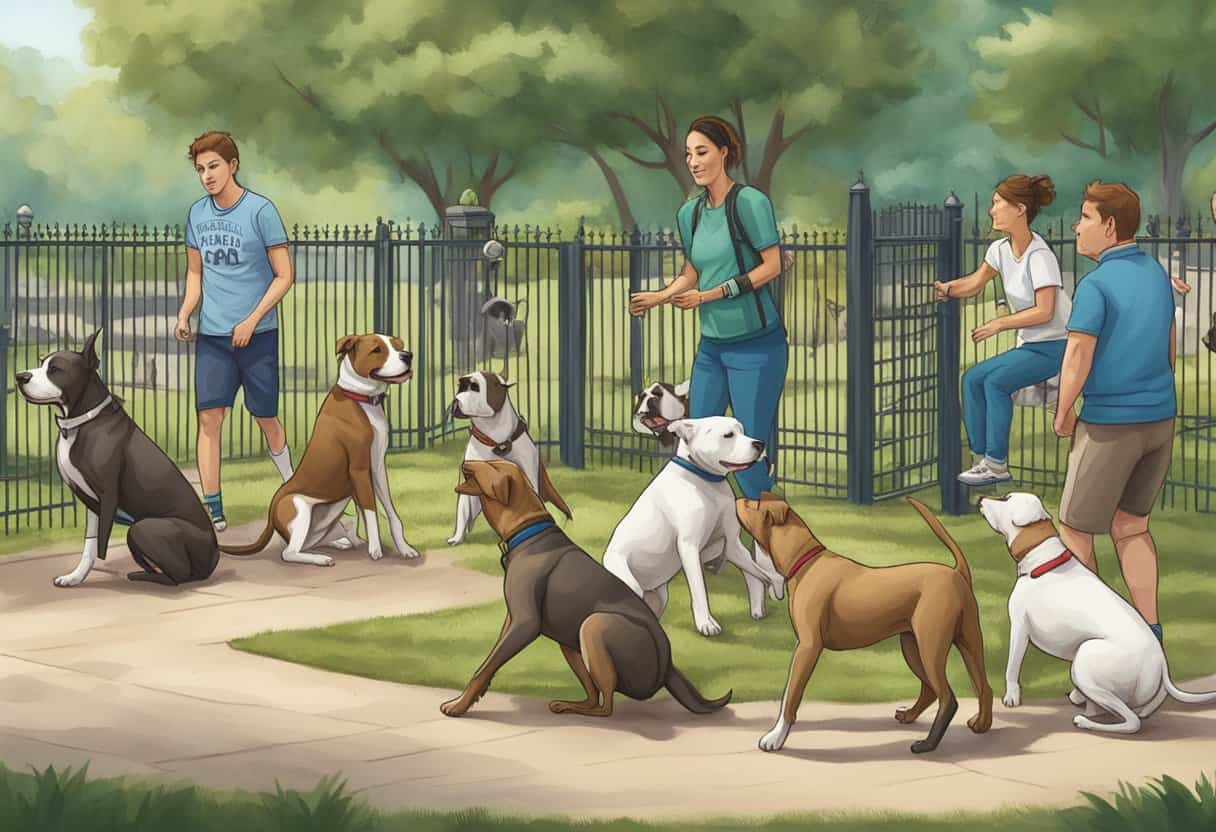Many dog enthusiasts and pet owners might wonder why Pitbulls are not recognized by the American Kennel Club (AKC). To understand the reasoning behind this, it is essential to first acknowledge that the term “Pitbull” does not refer to a specific breed. Instead, it encompasses a group of breeds that share similar physical characteristics and historical backgrounds.
Moreover, it is crucial to consider that some Pitbull-type breeds have faced breed-specific legislation and negative stereotypes stemming from their historical use in dog fighting or as aggressive animals. While the AKC’s stance on Pitbull recognition is not explicitly clear, the combination of vague classification and historical context could potentially influence their decision.
Continue reading our article to try to understand more about this topic.
Why Are Pitbulls Not Recognized By The AKC?
While the American Kennel Club (AKC) recognizes bully breeds such as the American Staffordshire Terrier and Staffordshire Bull Terrier, it does not recognize Pitbull terriers as a specific breed. This decision has not been officially stated by the AKC, but it is believed to be related to not wanting to associate these types of dogs with dogfighting.
Pitbulls, in general, are a group of dogs that consist of various breeds with shared physical traits. To be recognized by the AKC, a breed must meet specific criteria, including a documented pedigree and a breed standard. Breed standards are detailed descriptions of the ideal physical and temperamental traits of a breed set by the parent club of that breed.

As it stands, Pitbulls encompass a number of breeds, making it difficult to establish a single breed standard for them. Furthermore, the term “Pitbull” is often used in breed bans, leading to confusion and discrimination towards dogs with specific physical characteristics, even if they are not Pitbulls by true definition. For more information on how breed bans affect dog owners, you can refer to “Why Breed Bans Affect You”.
When it comes to breed recognition, the AKC aims to maintain the purity and preservation of bloodlines. Since Pitbulls encompass a variety of breeds and bloodlines, it would be challenging for the AKC to categorize them under one specific breed. This may also be a contributing factor to why Pitbulls are not currently recognized.
In conclusion, it is important to understand that the recognition or lack thereof by the AKC is not a reflection of a dog’s quality or potential as a family member. Instead, it is due to the intricacies of breed categorization and the potential association with undesirable activities.

Get the 7 Biggest Training Mistakes free report!
Why Are Some Other Dogs Not Recognized By AKC?

There are a variety of reasons why certain breeds are not officially recognized by the American Kennel Club (AKC). Some of these reasons include:
- Insufficient breed population: For a breed to be considered for AKC recognition, there must be enough specimens of the breed in the United States. This means that rare or newly introduced breeds may not meet the necessary population threshold for recognition.
- Lack of breed consistency: The AKC requires that a breed demonstrates consistent physical characteristics and temperament. If a breed is still in the process of development or has too much variation among individual dogs, the AKC may not recognize it.
- Hybrid or designer breeds: The AKC usually does not recognize breeds that have been intentionally developed by crossing two or more existing breeds (e.g., Labradoodle, Goldendoodle). These types of dogs are often referred to as designer breeds or hybrids. However, it is essential to note that many recognized breeds have originated from intentional crossbreeding in the past.
- Breed health concerns: If a breed is known to have significant health issues that impact its overall quality of life, the AKC may not recognize it. The AKC wants to promote healthy dog breeds that can lead happy and healthy lives.
- Insufficient breed history: A breed may not be recognized by the AKC if it has short or insufficient historical documentation. The AKC requires documentation and evidence that the breed has existed for a certain period of time, usually several generations, and that it has been bred intentionally during that time.
Final Thoughts

In conclusion, at least five breeds of dogs are commonly misidentified and categorized under the umbrella term of “Pitbull-type” dogs, including the English bull terrier, the American bulldog, the boxer, the American Pitbull terrier, and the American Staffordshire terrier. The AKC does not recognize “Pitbulls” as a breed, possibly due to the vague physical characteristics and complex history surrounding these dogs.
It is also important to remember that the AKC is just one organization that evaluates and recognizes dog breeds. There are other kennel clubs and breed registries that may have different criteria for recognizing breeds, so other organizations may still recognize a breed not recognized by the AKC.
